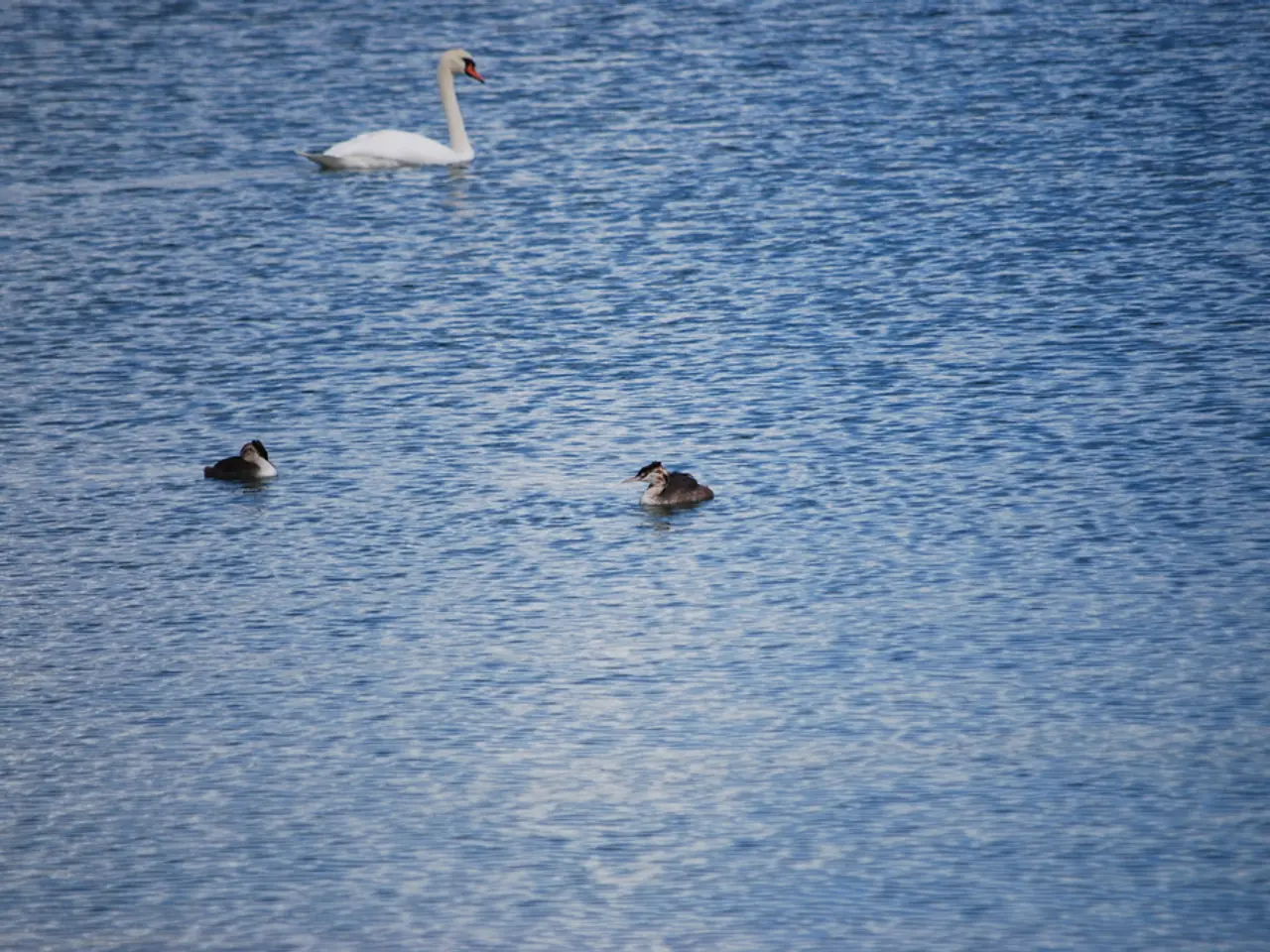Scientists from Russia and China to release publications focused on avian species residing in the Far East
Collaborative Conservation Efforts Between Russia and China Focus on Transboundary Species
A significant development in the conservation of transboundary species has been the active cooperation between Russia and China's nature reserves. The latest meeting, held in the Sanzhiang National Nature Reserve management in Khabarovsk Krai, focused on biodiversity issues in transboundary protected natural territories.
Staff from Russia's and China's nature reserves, along with the joint directorate of state nature reserves and national parks in Khabarovsk Krai, attended the meeting in Fuyuan. The discussion included the current status of the Far Eastern white crane, a species listed in the Red Book, and other migratory bird species like Gruiformes.
Vladimir Andronov, a notable figure in this collaboration, proposed the creation of a book titled "Avian Resources of the Lower Ussuri River," which is planned for mid-2026. The book will be published in Chinese, Latin, and Russian, and will likely include information about the conservation and monitoring of transboundary bird species, as agreed upon in the meeting.
In addition, two books dedicated to Far Eastern birds are planned for publication. The book's publication is a continuation of the joint efforts discussed in the meeting, aiming to provide a comprehensive resource on the avian life in border reserves of Russia and China.
The joint research and conservation efforts between the two countries have seen the establishment and operation of joint research laboratories, reinforced anti-poaching and ecological monitoring systems, and restoration of connectivity corridors linking fragmented habitats across borders. These initiatives support the natural migration and population dynamics of various species, including birds and mammals.
While military cooperation between Russia and China is intensifying, these activities are separate from conservation efforts and largely serve strategic-security purposes rather than environmental concerns.
In conclusion, Russia and China are engaged in growing joint conservation programs in the Russian Far East and adjacent Chinese border areas. These programs support transboundary species like the Far Eastern white crane, mainly through institutional cooperation frameworks under the SCO and cross-border natural reserves. This includes integrated monitoring, anti-poaching, and habitat restoration, reflecting a shared commitment to safeguarding biodiversity amid challenges such as climate change and habitat fragmentation.
- As part of their commitment to environmental-science, Russia and China have plans to publish two more books dedicated to the avian life in border reserves, under the education-and-self-development segment.
- To further contribute to science and health-and-wellness, the staff from nature reserves of both countries are collaborating on a book titled "Avian Resources of the Lower Ussuri River," with sections focusing on the conservation and monitoring of transboundary bird species.
- In their collaborative environmental-science efforts, Russia and China are also focusing on the fitness-and-exercise aspects of certain transboundary species, such as migratory birds like the Far Eastern white crane and other Gruiformes, by implementing measures to restore connectivity corridors linking fragmented habitats.




